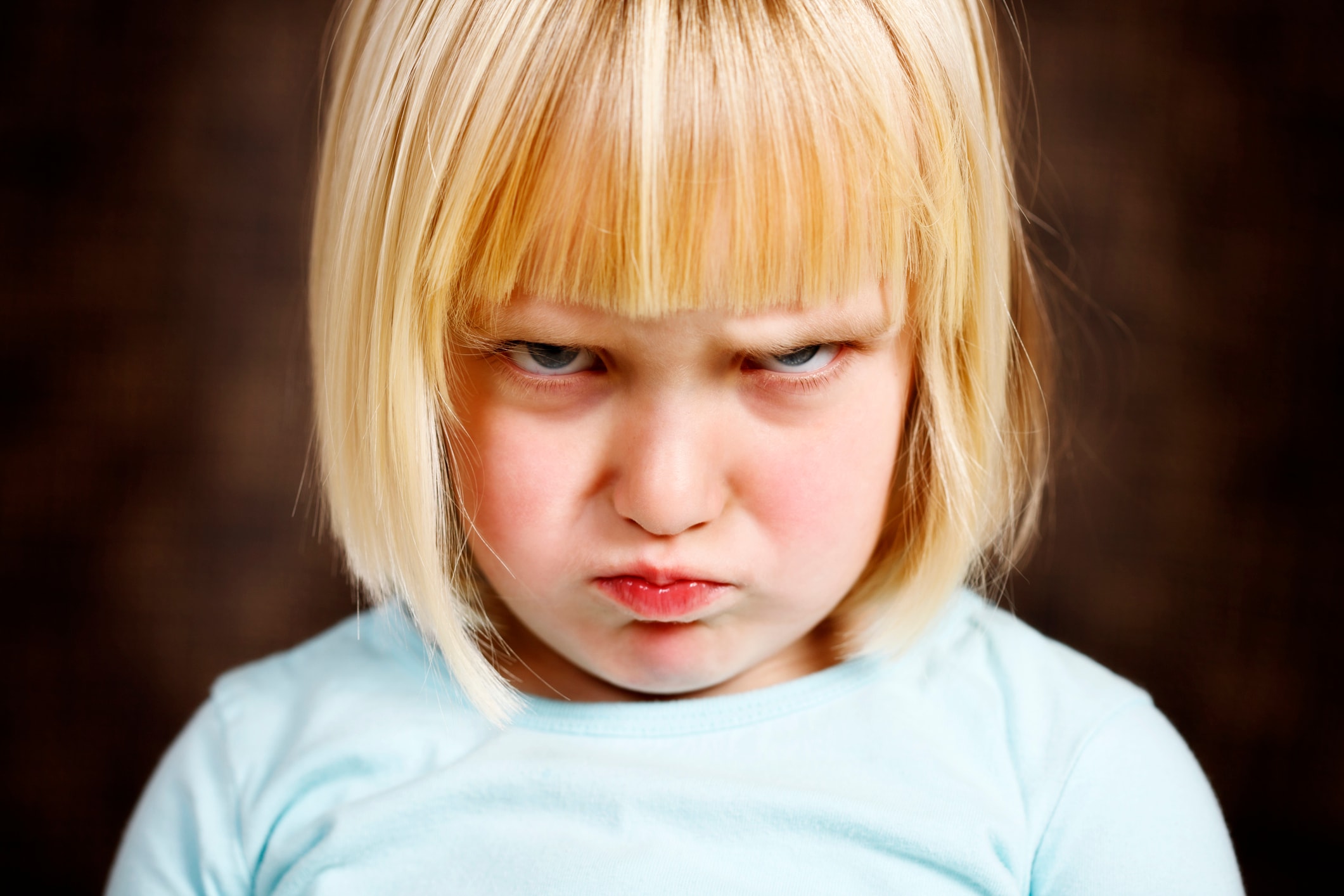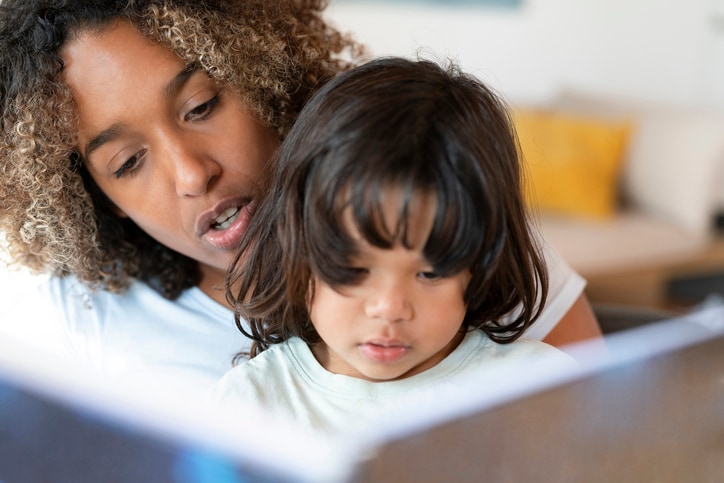Parenting is hard. Even on our best days, when our children are happy, well-fed, somehow still dressed in unstained clothes and we miraculously manage to get out the door on time, it’s still one of the most difficult jobs around. Most of us struggle daily to figure out the best way to handle every new challenge that raising kids throws at us. Luckily, there is no shortage of parenting advice available to us in books, on websites and from our friends and family.
There are no hard and fast rules with parenting, and most of what we know is influenced by our surroundings and the culture we live in. But looking beyond our own small circles can give us interesting parenting ideas we may not have thought of before.
Here are six ways parenting is different in other cultures around the world and what we can learn from them.
1. Potty training starts as early as infancy and is child-led (Vietnam and China)
While we’re sitting on the floor in the bathroom desperately trying to encourage our 2-year-olds to go on the potty, toddlers in other parts of the world are walking around already fully trained. In Vietnam, parents rarely use diapers, if at all. In a paper published in the Journal of Pediatric Urology in 2012, 47 mothers in Vietnam were interviewed about their potty training methods. In the interviews, they said that as early as day one of their infant’s life, they begin looking for signs that their baby needs to urinate or poop. Soon they are able to identify certain facial expressions, cries or body movements that signal that their child is ready to go. While their babies are urinating, the mother’s make a low whistling sound. The whistling becomes a reminder to their babies which the moms eventually begin using to signal to the baby that she should go to the potty. Eventually, the reminders are not needed at all and most Vietnamese babies can go potty on their own by 9 months of age.
In China, the Elimination Communication Method is an ancient diaperless tradition with environmental benefits. Babies wear “split-crotch pants” and are encouraged to squat down and go when they need to. Using this method, parents can begin potty training their child much earlier than we do in the U.S., and most children trained this way are going potty on their own by age 2. Much like the Vietnamese method, this requires watching for signals 24/7 and demands that someone is with the child at all times to do so. Sandia, a New York City mom raised by Chinese parents, says the practice has fallen out of favor over the last few decades in China, as families have migrated from a farm lifestyle to the cities.
“It’s a very rural Chinese thing at this point,” Sandia says.
But, there are many who still hold on to the environmentally friendly method, and it’s found popularity in recent years with many Western parents.
What we can learn from it:
While it’s probably not feasible for American parents, many of whom are both working outside of the home, there are still some elements we can take from these Vietnamese and Chinese potty training methods. Both methods are child-led at their core, so if you’re finding potty training frustrating, try backing off a bit and letting your child take the lead. Watch for signs that she repeats when she is ready to go and see if you can work off those going forward. If you’re really up for the challenge of trying the diaper-free Elimination Communication Method, do your research and find supportive communities that will help you and your child succeed.
2. Co-sleeping is common and leads to well-adjusted children (Serbia, Japan)
Co-sleeping is an integral part of the attachment parenting style popular in the U.S., but it’s also been a controversial subject of debate for years. However, parents in many other countries see it as the only way to go with their babies and young children. Mirjana, a mother from Serbia who shares a bed with her child, says it is very unusual for a baby to be sleeping alone in another room in her culture.
“Parenting in the U.S. seems full of contradictions,” she says. “Skin-to-skin is a must with babies, and yet people put their child far away to sleep as young as 4 months old.”
In Japan, children often sleep with their parents from birth until they are ready to go to school. The Japanese feel that being surrounded by parents (and sometimes grandparents) while sleeping is nurturing and creates a better sense of well-being in their young children. Despite the many changes in Japanese culture over the years, the practice of co-sleeping remains as steady as ever.
What we can learn from it:
There are many scientific studies touting the benefits of co-sleeping, but it’s a very personal decision and some experts question the safety of bed-sharing with young children. You don’t need to go all the way to incorporate the general idea into your parenting. If you’re not comfortable with co-sleeping, try keeping babies and younger children in your room in their own bed until they are more independent. Indeed, the American Academy of Pediatrics recommends room sharing over bed-sharing. You should ensure that you are being as safe as possible if you do decide to share a bed with your baby.
3. Letting children be hungry is OK, and eating is an important communal event (South Korea, France)
Raise your hand if you have some cheddar Goldfish crackers stashed in your bag right now! American parents rely on easy-to-transport snacks as a way to push off hunger-induced temper tantrums, but that isn’t the case in countries like South Korea, where parents think it’s a good thing for children to go hungry between meals. They believe that eating is a social experience and that there is no reason for children to eat before everyone else eats. While certainly not starving, Korean children are taught to be patient when they get hungry and to wait until the entire family is sitting to eat.
Similarly, French children are discouraged from snacking (usually having only one small healthy snack after school) and are expected to sit with their entire family to enjoy a social meal. Like Korean children, French kids are used to eating the same food as the adults and are not offered a kid-friendly option. As a result, Korean and French children are very good eaters.
“Food is very important to us, as everyone knows,” says Pauline, a French mom currently living in Boston. “We don’t understand the American concept of children snacking all day, because then they aren’t hungry for dinner. We want our children to really sit and enjoy their food so that we can enjoy it, too!”
Children in France are given a longer time to eat lunch in school than American children and generally eat longer meals in the evening with their families.
“We teach our children that food should be savored, not just eaten as quickly as you can so you can move on to other things,” Pauline says.
What we can learn from it:
While obesity is a growing epidemic in the U.S., South Korea has consistently posted some of the lowest obesity rates in the developed world. You can try encouraging your children to avoid snacking between meals, but that becomes difficult when the mom next to you at the park pulls out the emergency snack bag for her kid. If the snack-free life is too overwhelming, try following the French method by making a bigger deal out of actual meals and encouraging your child to slow down and enjoy what they’re eating. Pack healthy snacks when you need to, but place focus on the social aspect of sitting down and eating with family members.
4. “It takes a village” is more than just a saying (Congo, Colombia, China)
In many countries, having other people around to help out is not just a bonus, it’s the norm. Caretakers for young children often include not just grandparents but other older children and family friends. In the Congo, all women in a village are called “Mama” and look out for everyone else’s children as they would their own. Not only do the women not think twice about caring for another mother’s child, the idea of sharing breast milk isn’t given a second thought. After all, if a baby is hungry and breast milk is available, why not use it?
In countries like Colombia, older children stick around much longer and are available to help out with younger siblings.
“I’m mystified by the whole idea of kids leaving when they’re 18 in America,” says Yuliana, a mom from Colombia.
In China, grandparents often live with their grandchildren and provide care for them daily. Imani Bashir, a “world-schooling” mom who is traveling with her family and has experienced parenting in many countries agrees that it’s typical in non-American cultures for several generations to live under one roof.
“Although they like their independence, they still place value on having a generational familial structure over their personal desires,” Bashir says.
What we can learn from it:
Communities in the U.S. operate very differently and, in most cases, parents in the U.S. pride themselves on being very independent. Accept the reality that you sometimes need help from others. One of the biggest changes you can make is to offer to help other parents without them having to ask for it. By putting yourself out there as someone other parents can depend on, you may find that they reciprocate quite freely. Encourage your children to spend time with their older siblings and grandparents as much as possible. In addition to the extra help, those bonds will foster a sense of strong community in your child.
5. Letting children get frustrated and make mistakes teaches them independence (Japan, Ireland)
In a world of helicopter and lawnmower parents, we often feel like we need to watch over our children’s every move to ensure that they don’t hurt themselves or get the slightest bit upset. This is not the case in other cultures, where children are expected and downright encouraged to make their own mistakes. In Japan, children as young as 5 years old take public transportation or walk to school on their own. Children are also expected to take on household tasks as young as 2 or 3 years old and are taught that they should not expect their parents to do things for them.
Geraldine, a mom in Ireland, says that having the freedom to make mistakes at an early age is an important rite of passage for Irish kids, as well.
“It may appear that the Irish parent is much more permissive and lax, but our guideline is often along the basis of love and guidance,” she says.
In addition to being allowed to make mistakes, these parents feel it’s important to experience real frustration because it teaches children that sometimes they must be patient in order to achieve what they want.
What we can learn from it:
While the idea of children safely taking public transit sounds amazing, it just isn’t practical or safe in most U.S. cities. Begin by simply letting your child make his own mistakes and experience frustration without intervening. It can be difficult to watch your little one struggle, but studies have shown that children who learn self-control tend to be more successful as they get older. It can even be as simple as letting your child climb that tree, even as you are a ball of nerves watching her do it. Letting your kids test their own limits and solve their own problems will make them less likely to make bigger mistakes later in life.
6. Happy children often spend less time in school and still succeed academically (Finland)
Children in Finland do not even begin formal schooling until they are 7 years old. Once they do begin school, children are given several long breaks during the day to go outside and play. And while the arts are often the first area to experience budget cuts in American schools, the Finnish model of education emphasizes the importance of art, music and general life skills.
Anu, a Finnish mom now living in Boston, says the No. 1 thing that surprises her about parenting in the U.S. is the American school system and amount of homework.
“Just how much time is spent after school at home doing school projects is crazy,” Anu says.
Indeed, children in Finland do far less homework than countries like the U.S. and the U.K. and are not required to take standardized tests. It’s no wonder that Finland is considered the happiest country in the world. The idea of children spending less time in school might seem counterintuitive to parents in the U.S., but Finnish children often rank among the highest in the world when it comes to academics.
What we can learn from it:
As Finnish students are flourishing, students in the U.S. are struggling. While you may not be able to completely change the American school system on your own, you can begin by getting a full understanding of your child’s current school experience. Partner with his teacher to understand the daily structure, his goals and discuss how you might want to adjust things to help your child learn better. Many U.S. parents are fighting back against the amount of homework their kids are expected to do, but it may be as simple as working with your child’s teacher to find a happy medium. If you want to be more proactive, start getting involved in your local government. Make your voice known when it comes to your state and city’s school budget allotments.
The encouraging news for U.S. parents is that Finland in the 1970s was one of the lowest-ranked educational systems in the world but raised itself to the top of the pack through years of meaningful reform.





